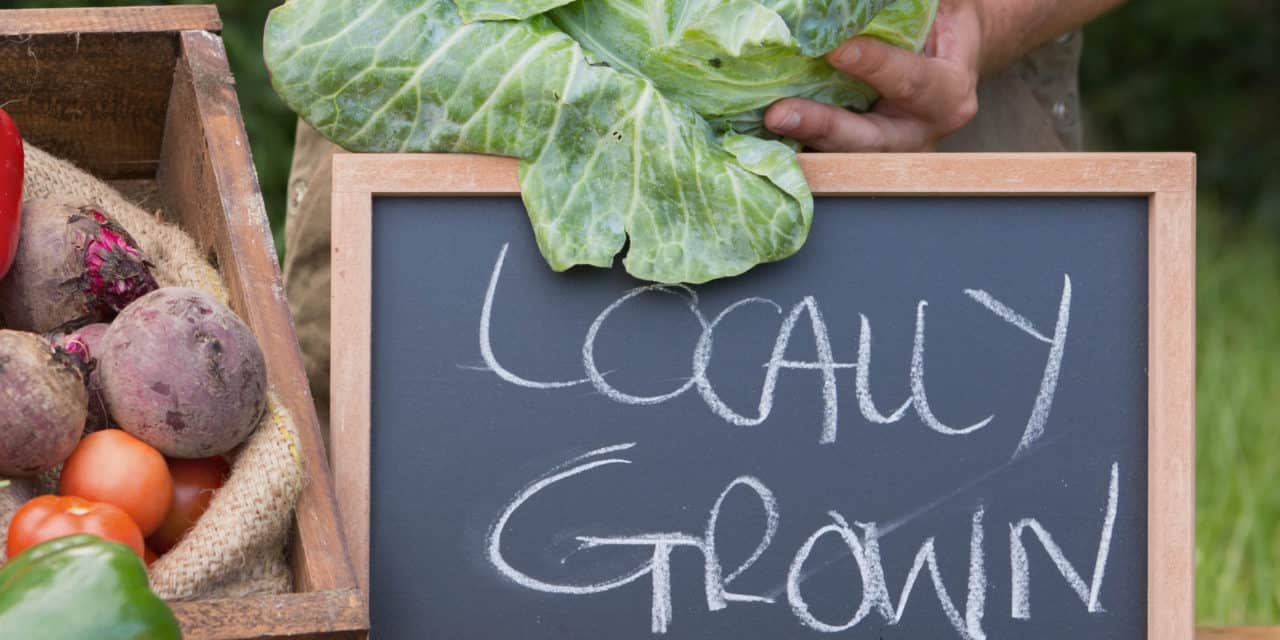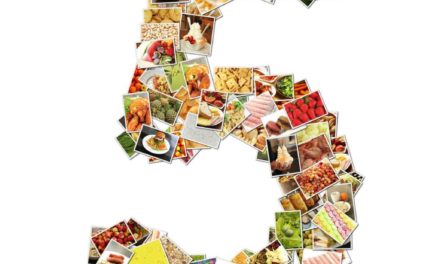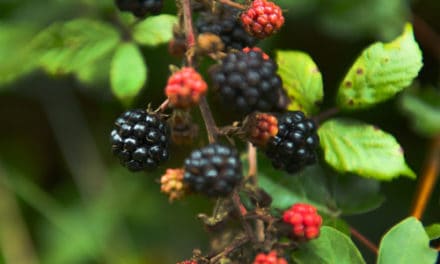By Melissa Wynn
The farm to fork movement has inspired many of us to take a good hard look at what we eat and where our food comes from. Gardens are popping up in back yards in record numbers and community gardens are the wave of the future, providing healthy, organic produce that is grown locally, while bringing neighbors together for a common goal. From the White House to the school yard produce bearing plants are replacing decorative greenery and providing fresh fruits and veggies to local residents and food banks.
The health conscientious NorCal resident of 2017 wants to know their farmer. More and more, farmer’s markets and road side stands can now be found across our area, offering an alternative to big box retail produce sections and giving consumers the chance to meet the people that grow their food face to face. Locally grown also means that fruit and veggies can ripen longer on the vine, boosting their nutritional value. The time from the vine to the plate is also much shorter allowing consumption at the peak of flavor and nutritional value. Consumers want to know where their food was grown, what pesticides or fertilizers were used and when was it harvested. Shopping the farmer’s markets and road side stands allows them to ask these questions right at the source. Some community gardens and small farmers even allow customers to harvest the produce themselves.
Buying by the bushel basket is also making a comeback as consumers return to traditional canning and freezing practices allowing them to preserve the treasures of the growing season to enjoy throughout the winter months, chemical and artificial preservative free.
The United States Department of Agriculture (USDA) says “Know your farmer, know your food. Every family needs a farmer.” As a result “USDA has grants, loans and resources to help farmers, ranchers and food businesses find new opportunities in this expanding agricultural sector.” Visit their website www.usda.gov to learn what is available.












